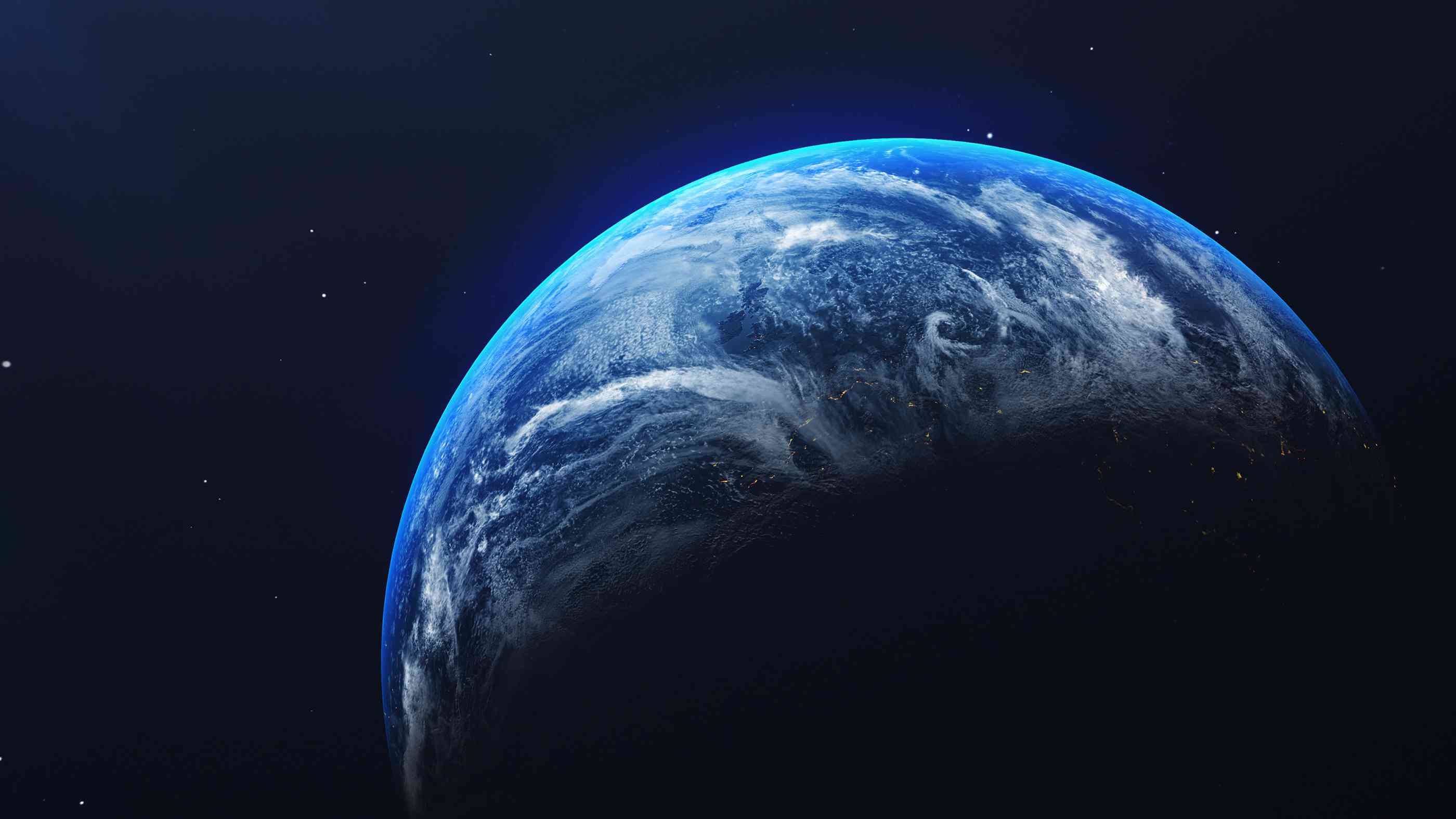
THE earth has experienced five mass extinctions in its history, each one causing huge loss of species and altering the course of evolution.
Now, many scientists are warning that we are in the midst of a sixth and it is being caused by one species — us.
The way to understand this alarming probability is to measure the decline and loss of the living fabric of the planet — its biodiversity.
It is considered a mass extinction because it is happening at a much faster rate than the natural rate of species loss.
Right now it is estimated to be 100 to 1 000 times higher than the natural rate, and accelerating.
We are also losing huge numbers of creatures and plant systems.
The extinction crisis is caused by a variety of human activities, including habitat destruction, overexploitation of natural resources, pollution and climate change. These factors are causing widespread loss of entire ecosystems.
According to the White Paper on Conservation and Sustainable Use of South Africa’s Biodiversity tabled in May, of the 23 312 known indigenous living species in South Africa of all classes, 11 (0.2%) are extinct and almost a quarter (22%) are listed as threatened with extinction, most of these being marine.
For example, deforestation is one of the leading causes of habitat loss.
The destruction of forests for agriculture, urban development and logging has destroyed the habitat of countless species and is a major cause of species extinction.
Overfishing is another major contributor. Many fish populations have been depleted because of unsustainable fishing practices, including the use of large trawling nets and longlines.
This has not only led to the decline of certain fish populations, but also disrupted entire marine ecosystems.
Man-made destruction
Pollution is also playing a significant role in the sixth extinction.
Plastic pollution, for example, is now found in almost every corner of the planet, including remote areas like the Arctic.
Huge plastic trash gyres can now be found in most major oceans.
This pollution not only harms marine animals that ingest or become entangled in it, but also contaminates the food chain, potentially harming humans who consume seafood.
Climate change is perhaps the most significant threat to biodiversity, causing rapid changes to the environment that many species are unable to adapt to.
Rising temperatures, changing rainfall patterns and more frequent and severe weather events are all affecting ecosystems and causing species to go into decline.
The loss of biodiversity has significant implications for humans: we rely on biodiversity for our survival.
Ecosystems provide us with food, water and air, and the loss of biodiversity can disrupt these vital services.
Many of the world’s staple crops, such as wheat, rice and corn, rely on pollinators like bees and butterflies.
If these continue to decline, it could lead to a decrease in food production and an increase in food prices.
Biodiversity also plays a key role in regulating the earth’s climate.
Forests, for example, absorb carbon dioxide from the atmosphere and store it in their biomass. If they continue to be destroyed, it will lead to a significant increase in greenhouse gas emissions and contribute to climate change.
In addition to the loss of ecosystem services, the decline of the planet’s living fabric has cultural and aesthetic implications.
Humans have long relied on nature for inspiration, recreation and spiritual renewal.
The loss of biodiversity could rob future generations of these experiences.
There are also implications for human health.
Many medicines are derived from plants and animals. As species go extinct, we lose potential sources of new drugs and other medical treatments.
The loss of biodiversity can also increase the spread of disease. When ecosystems are disrupted, it can lead to changes in the distribution of species and the emergence of new diseases.
For example, the destruction of rainforests has been linked to the emergence of diseases like Ebola and Zika. Covid-19 is thought to have originated with the consumption in China of a wild-caught animal, probably a pangolin.
The loss of biodiversity can also have economic implications.
Many industries, such as tourism and agriculture, rely on intact ecosystems and the services they provide.
The loss of biodiversity could lead to significant economic losses in these sectors.
Disturbing forecast
Why is it called the sixth extinction? That is because there have been five previous such events. Here is a brief overview:
Ordovician-Silurian extinction (around 440 million years ago) was the first major extinction event and it is estimated that about 85% of marine species went extinct.
It is believed to have been caused by a combination of glaciation and a drop in sea levels.
Late Devonian extinction (about 375 million years ago) was characterised by the estimated loss of about 70% of all species, mainly marine.
It is thought to have been caused by a combination of climate change and anoxic events, which occur when oxygen levels in the ocean drop very low.
Permian-Triassic extinction (about 252 million years ago) was the most severe in Earth’s history, with about 96% of all marine species and 70% of all terrestrial species thought to have gone extinct.
It is believed to have been caused by a combination of volcanic activity, which led to a massive release of greenhouse gases, and an asteroid impact.
Triassic-Jurassic extinction (about 201 million years ago) resulted in the loss of perhaps 80% of all species, most being sea creatures.
It is thought to have been caused by a combination of volcanic activity and climate change.
Cretaceous-Paleogene extinction (about 66 million years ago) led to the disappearance of the dinosaurs.
It is thought to have been caused by an asteroid impact, which led to widespread fires, dust clouds and a cooling of the climate. Though these events were catastrophic in terms of the loss of biodiversity, they also paved the way for new species to evolve and thrive.
For example, the extinction of the dinosaurs opened up ecological niches that allowed mammals to diversify and eventually dominate the planet.
Urgent redress needed
Preventing the loss of biodiversity is a complex challenge that requires a whole-Earth approach. Here are some potential solutions:
Protect and restore habitats
One of the primary drivers of biodiversity loss is habitat destruction and degradation. To prevent this, it is essential to protect and restore habitats such as forests, wetlands and coral reefs.
Address climate change
Climate change is another major threat to biodiversity, as it causes shifts in temperature and precipitation patterns that are disrupting ecosystems. Addressing climate change will require a global effort to reduce greenhouse gas emissions, transition to renewable energy sources and improve energy efficiency.
Reduce overexploitation
Overusing natural resources in fishing, hunting, harvesting of wild plants and poaching can lead to the depletion of species and ecosystems. To prevent this, it is essential to implement sustainable resource management practices.
Combat invasive species
Such species can threaten biodiversity by outcompeting native species and disrupting ecosystems. To prevent this, it’s important to implement stricter biosecurity regulations.
Raise awareness, promote education
Raising awareness about the importance of biodiversity can help build public support for conservation efforts. This can involve public outreach campaigns, educational programmes in schools and universities and engaging with local communities to build support for conservation initiatives.
Support conservation and research
Research and innovation can help develop new approaches and technologies to address biodiversity loss.
Ultimately, preventing the loss of the Earth’s biodiversity will require a global effort and a long-term commitment to conservation.
While the challenges are significant, there is reason for hope.
Many governments, organisations and individuals around the world are already taking action to address biodiversity loss and there is growing awareness of the importance of biodiversity conservation for both ecological and human wellbeing.
By working together and taking action at local, national and global levels, we can help ensure that future generations inherit a planet rich in ecological diversity.
Pinnock is an associate of Southern Write, a group of top travel and natural history writers and photographers in Africa. He is a former editor of Getaway magazine in Cape Town, South Africa. He has been an electronic engineer, lecturer in journalism and criminology, consultant to the Mandela government, a professional yachtsman, explorer, travel writer, photographer and a cable-car operator on the Rock of Gibraltar. His present passion is the impact of humans on planetary processes.






